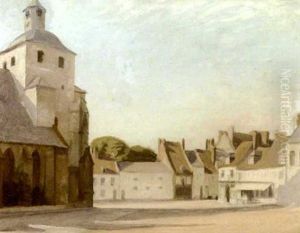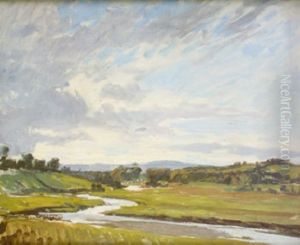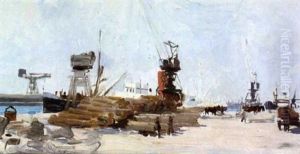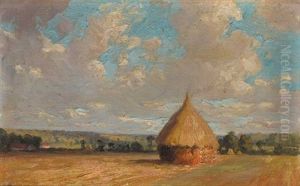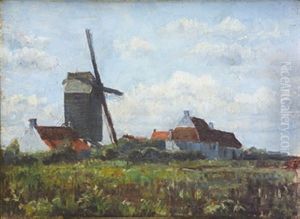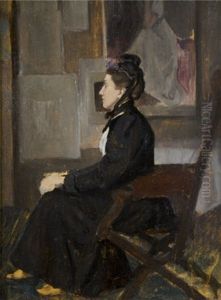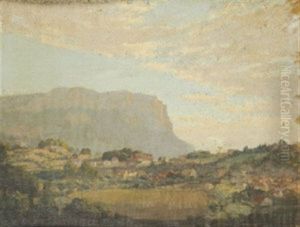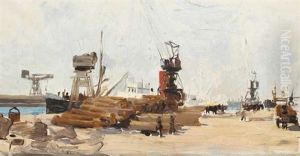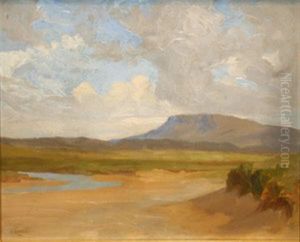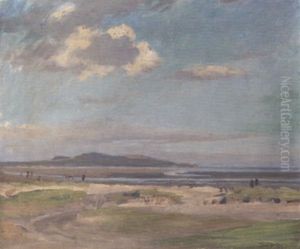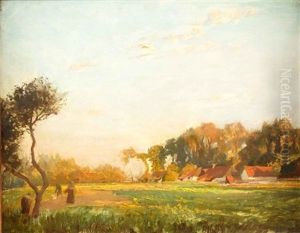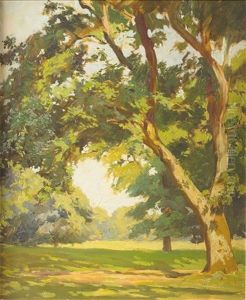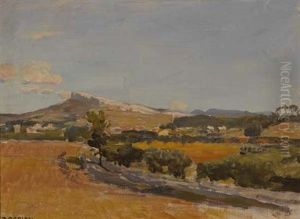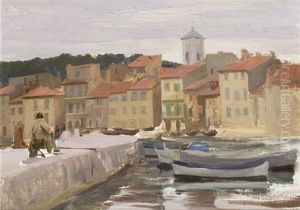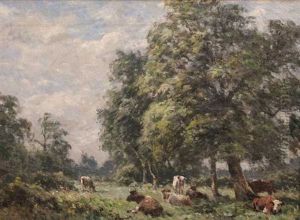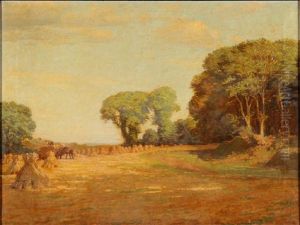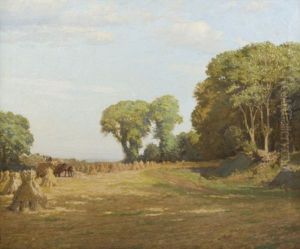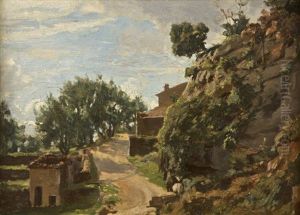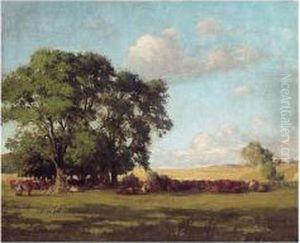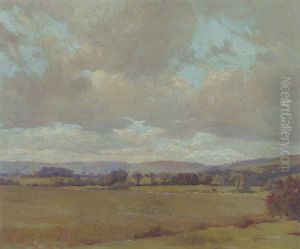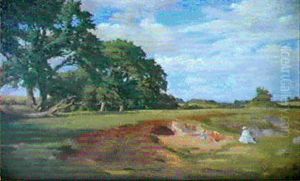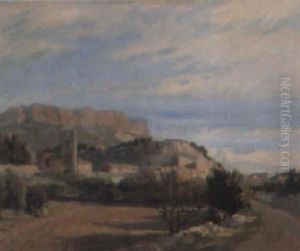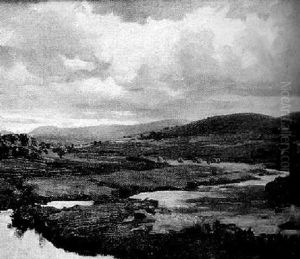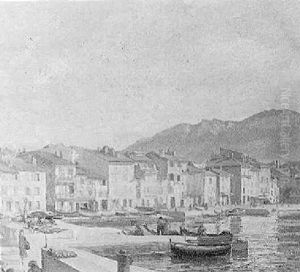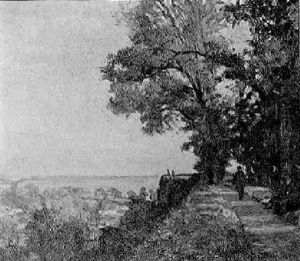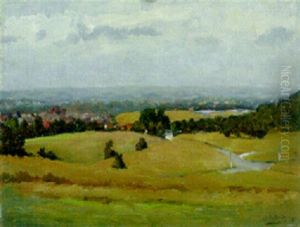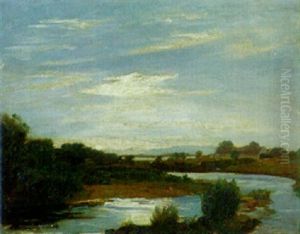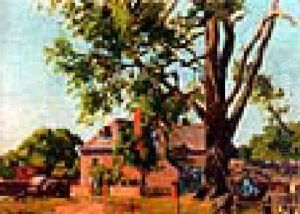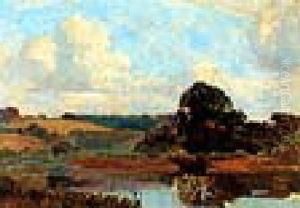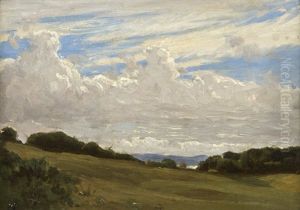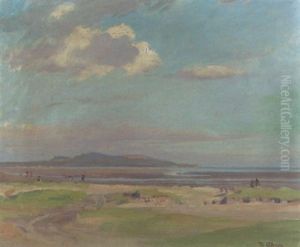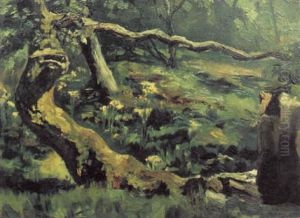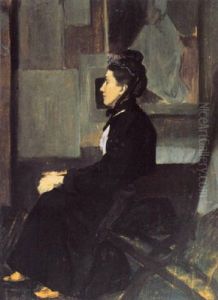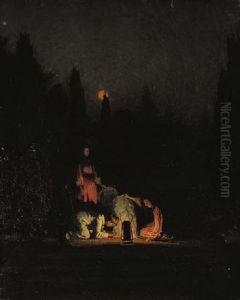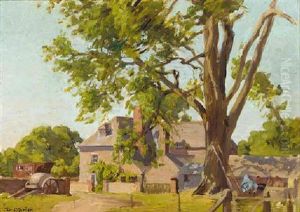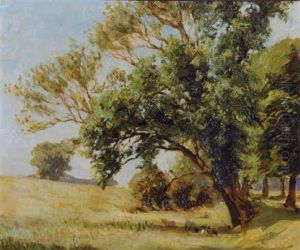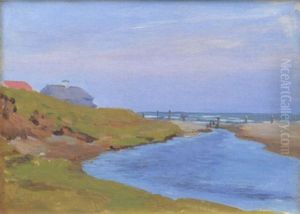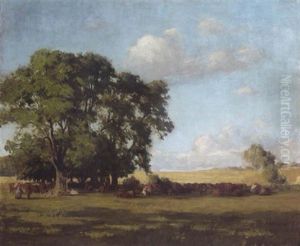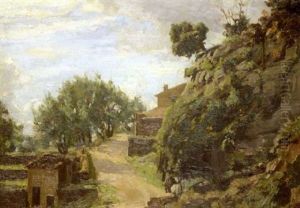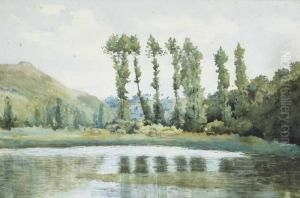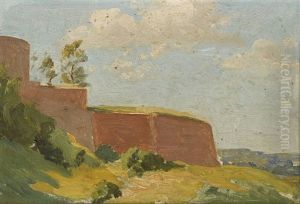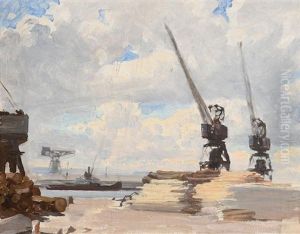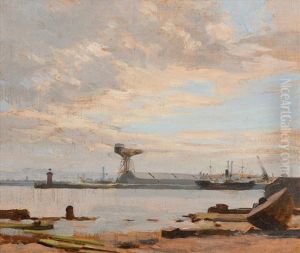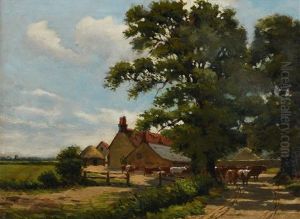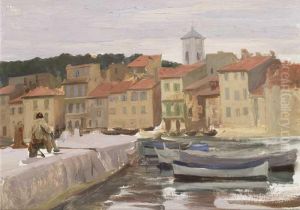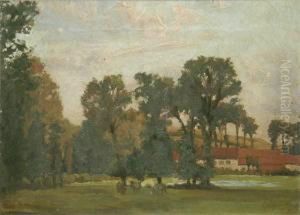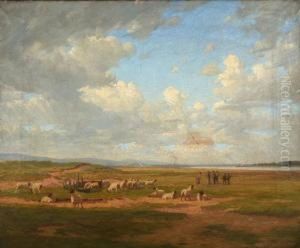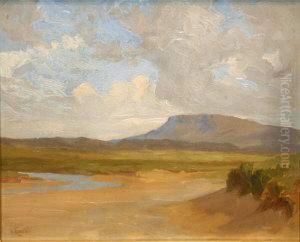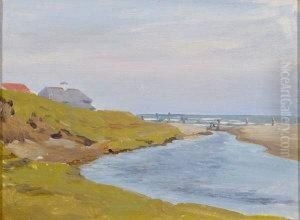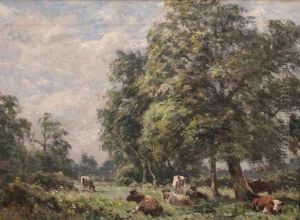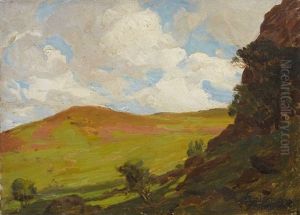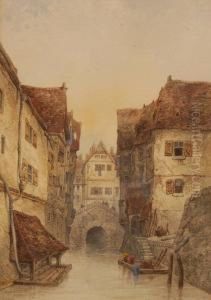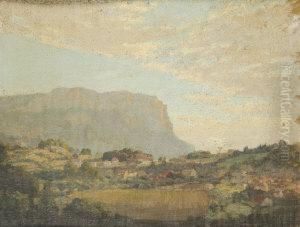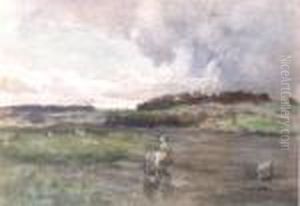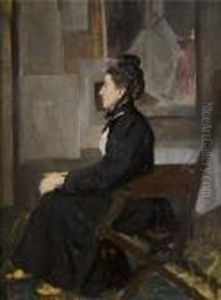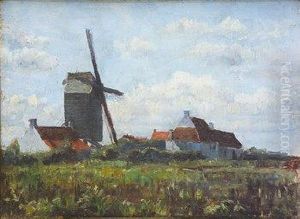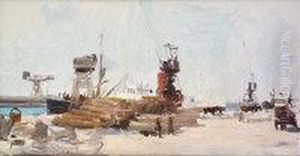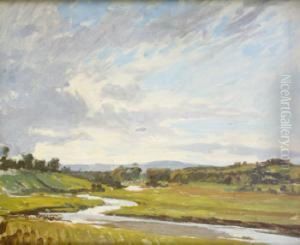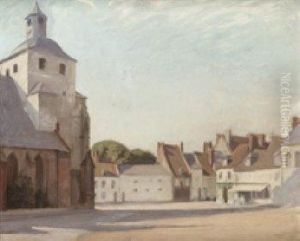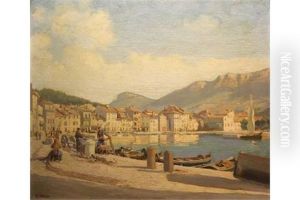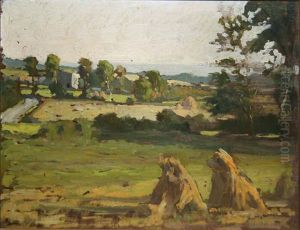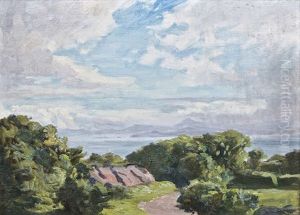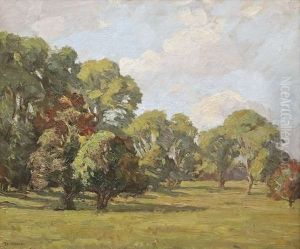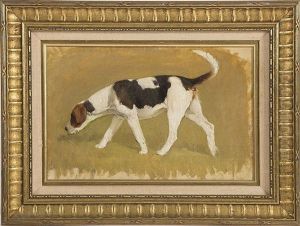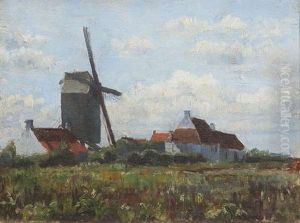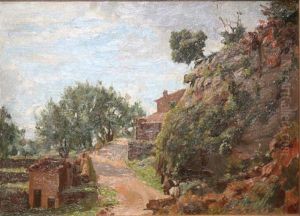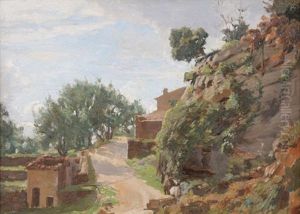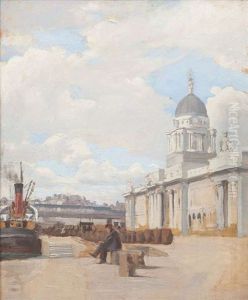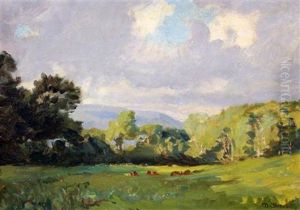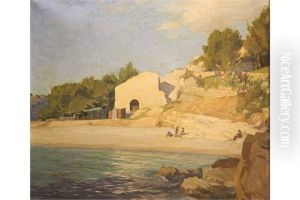Dermod William O'Brien Paintings
Dermod William O'Brien was an Irish painter born on June 10, 1865, in Foynes, County Limerick, Ireland. He came from a notable family, being the grandson of William Smith O'Brien, a prominent figure in the Young Irelander Rebellion of 1848. Despite the expectations that might have come with his lineage, O'Brien chose to pursue a career in art, which was quite unconventional for someone of his social standing during that time.
O'Brien's artistic journey began at the Metropolitan School of Art in Dublin, where he honed his skills and developed a keen interest in painting. His talent and dedication to art did not go unnoticed, and he furthered his studies at the Académie Julian in Paris, a prestigious institution that attracted many aspiring artists from around the world. It was here that he was exposed to the works of French Impressionists, which greatly influenced his style and approach to painting.
Throughout his career, Dermod O'Brien specialized in landscapes and portraits, capturing the essence of Irish life and scenery with a vibrant and impressionistic touch. His works were celebrated for their luminosity and color, qualities that made them stand out among his contemporaries. O'Brien's contribution to Irish art was significant; he was a founding member of the Irish Exhibition of Living Art in 1943, an initiative that aimed to provide a platform for contemporary Irish artists.
O'Brien also played a pivotal role in the Royal Hibernian Academy (RHA), serving as its President from 1910 until his death in 1945. Under his leadership, the RHA became a crucial institution for the promotion of art in Ireland, supporting artists and organizing exhibitions that highlighted the rich cultural heritage of the country.
Dermod William O'Brien's legacy extends beyond his contributions to the art world. He was knighted in 1911, acknowledging not just his artistic achievements but also his service to the arts in Ireland. He passed away on April 3, 1945, leaving behind a body of work that continues to be celebrated for its beauty and emotional depth. His paintings are a testament to his love for Ireland and its landscapes, serving as a bridge between the traditional and the modern in Irish art.

